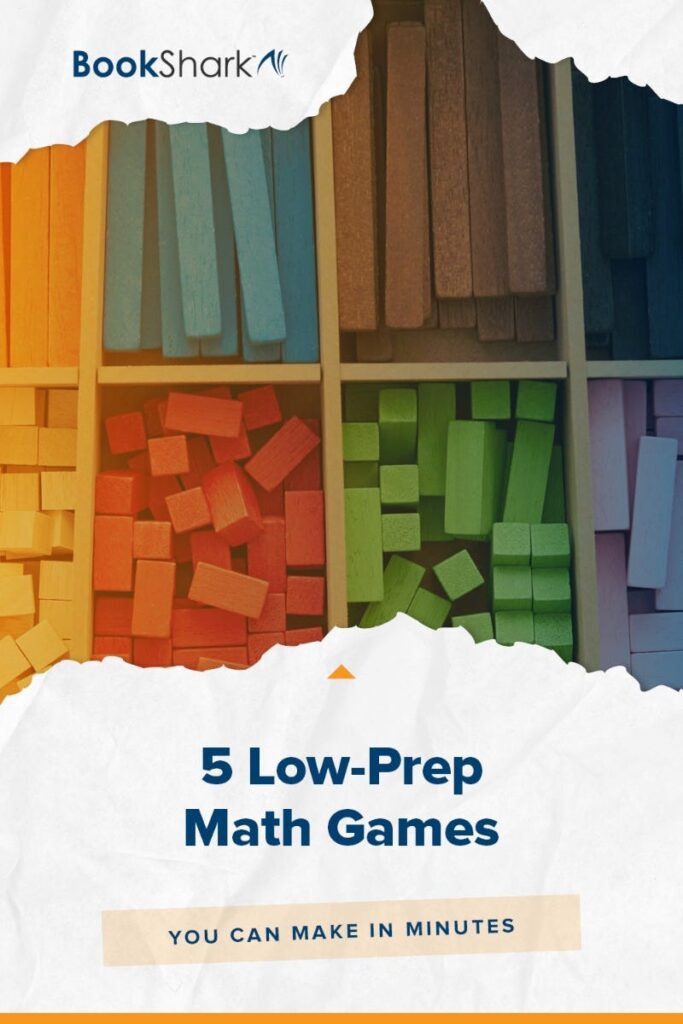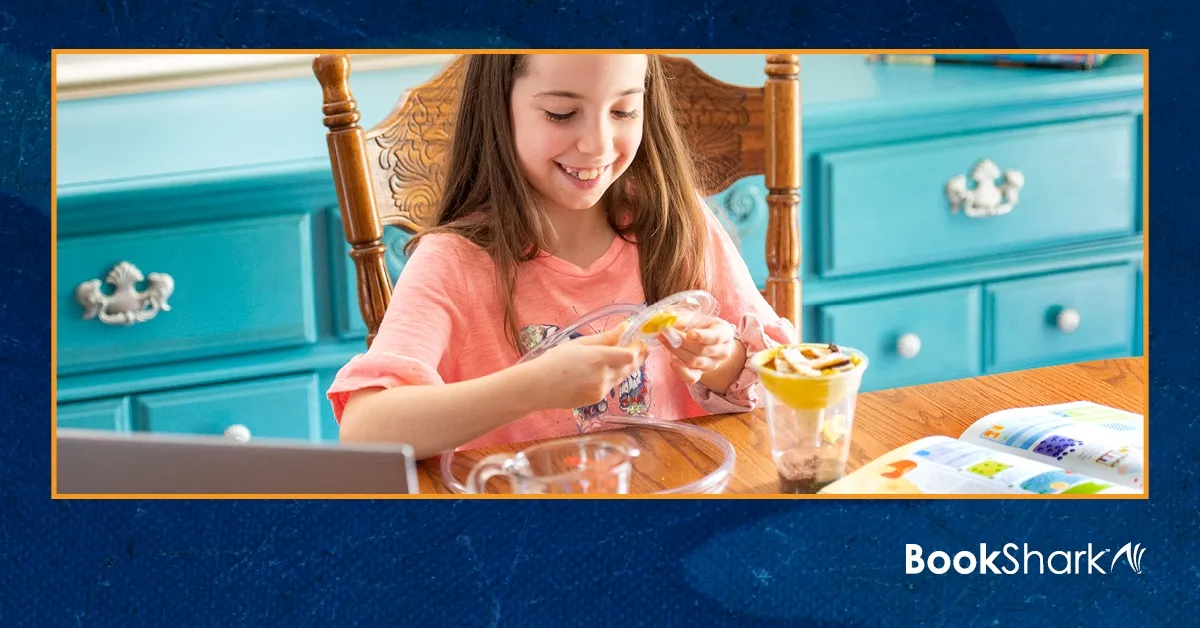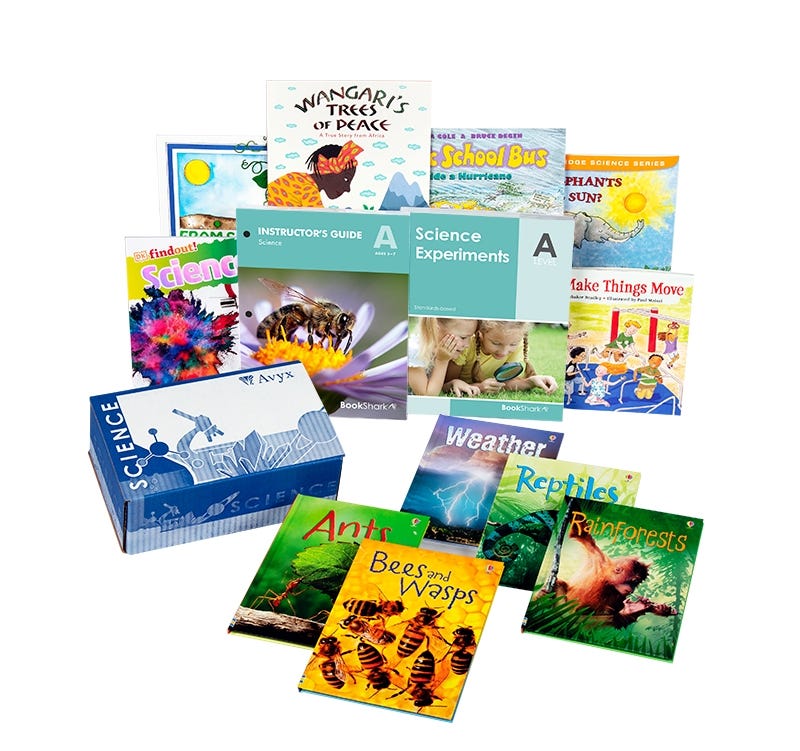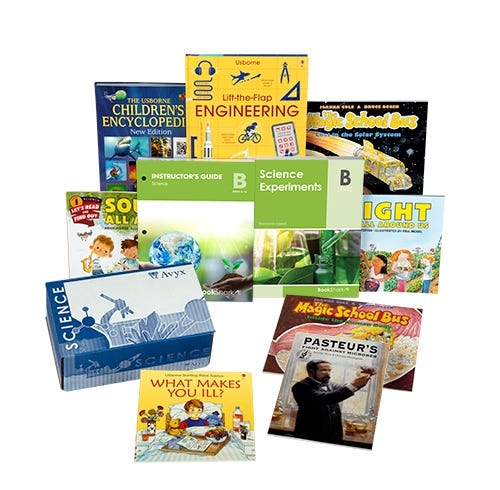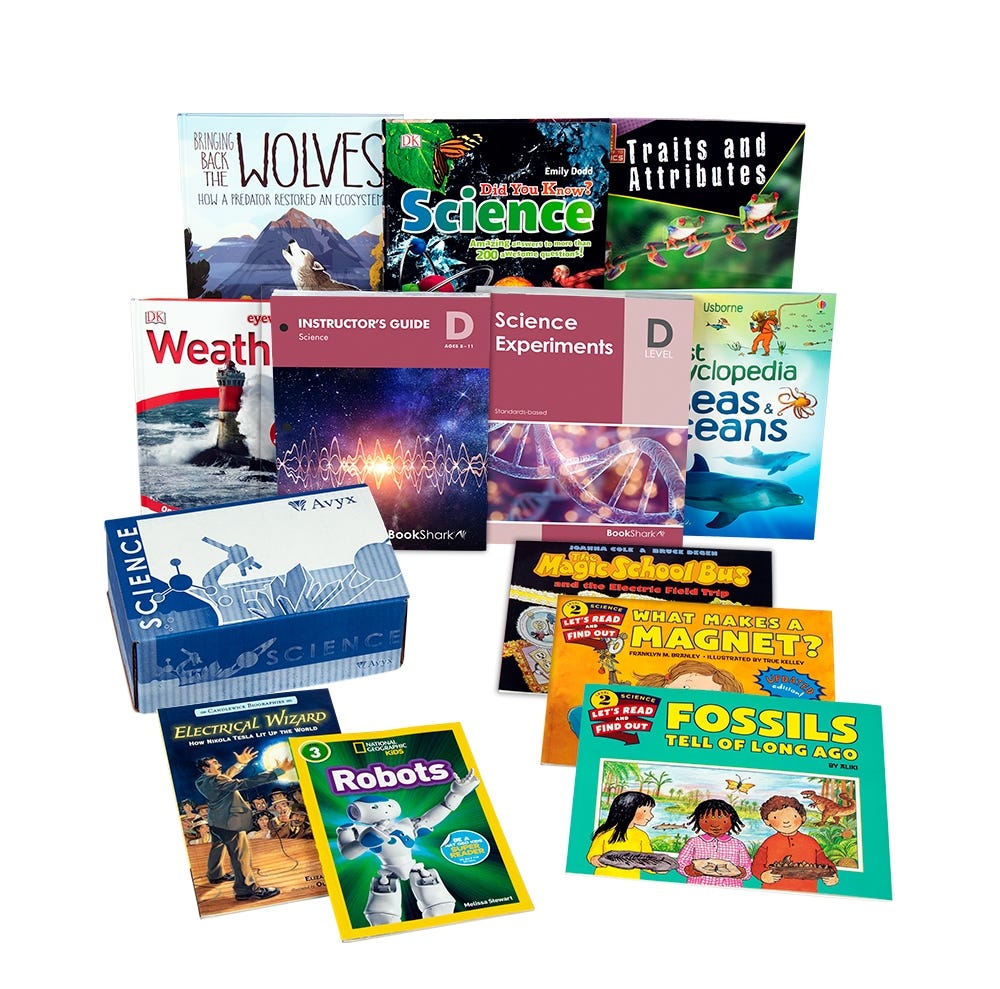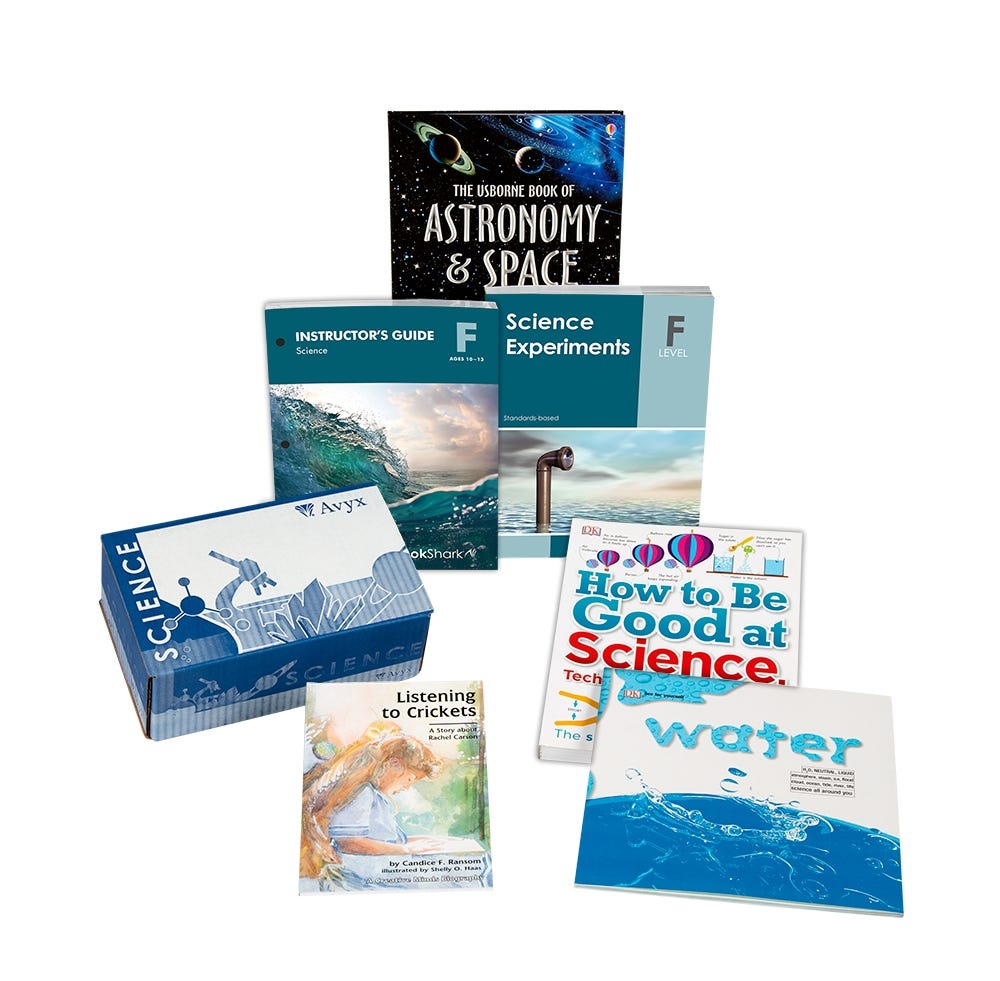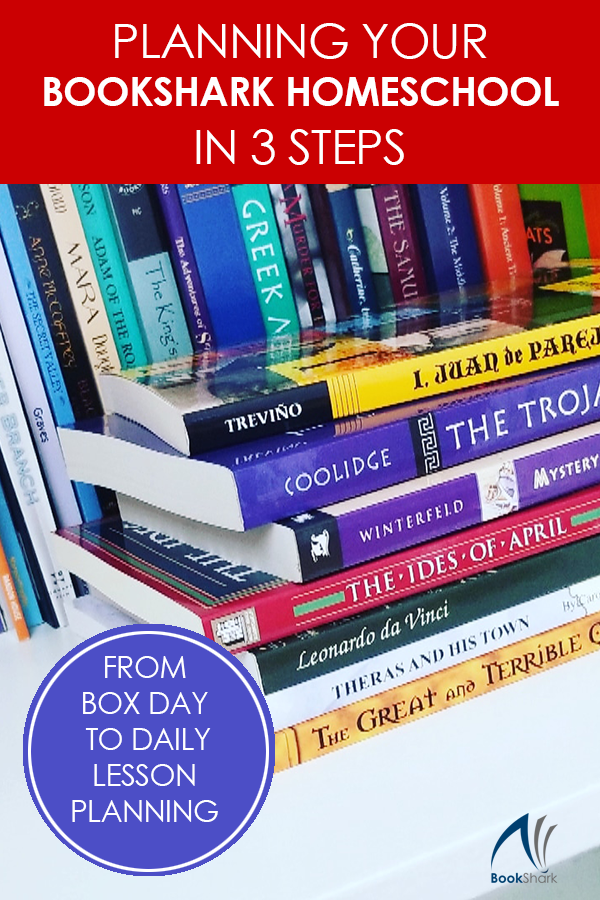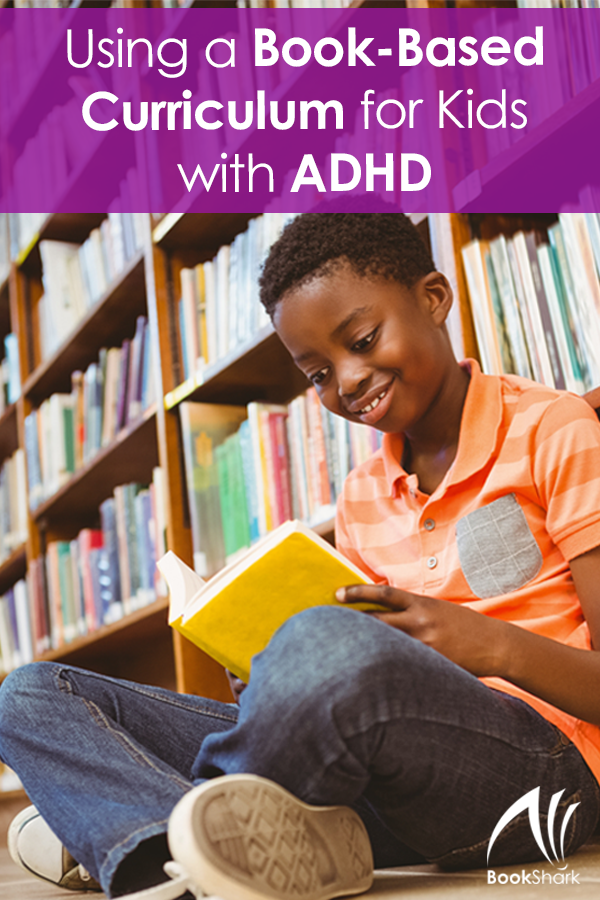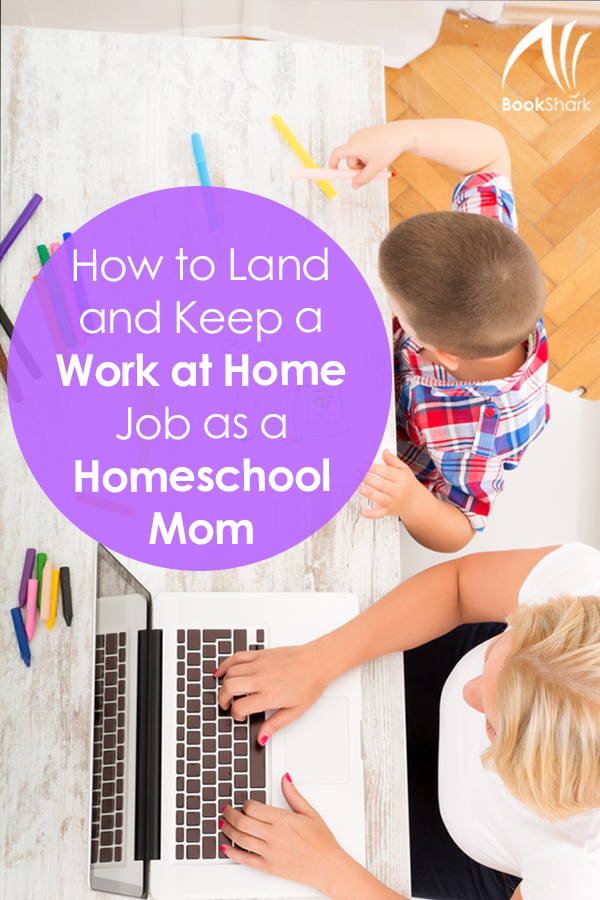Once upon a time…
It’s one of the first phrases little ones learn as parents introduce them to the world of books.
Throughout history in cultures worldwide, stories are cherished. Myths, legends, and history are passed down from generation to generation through storytelling.
Just think about the impact stories have on our day-to-day lives. Consider how they are woven into the fabric of who we are as individuals and citizens.
We love to laugh at a funny story and encourage people to “Tell her that story you just told me.”
At reunions, families share stories about growing up together, the crazy things they did when they were young, and how grandma used to let them shell black-eyed peas picked from the garden.
We watch the Olympics not just for the events, but also for the stories of athletes overcoming obstacles to represent the countries they love.
In their speeches, political figures inspire us with stories of heroes.
Because we are drawn to stories from the time we are young children, we seem hardwired for storytelling. Narratives connect us to others. Stories are powerful.
And you can tap into that power when you choose a literature-based homeschool.
Benefits of a Literature-rich Homeschool
A literature-based approach to homeschooling uses real, or living, books instead of relying on textbooks. BookShark curriculum, for example, includes both fiction and non-fiction books along with biographies and literature. Students benefit from this book-based approach in so many ways:
Shared Literature Cultivates Strong Family Relationships
History, read-aloud (literature), and science can be enjoyed by multiple ages when done through books. Discussions about literature build family relationships through shared experience. As you listen to each person’s thoughts and ideas, you learn more about one another. And often the things you learn together become a special vocabulary just for your family. For example, you may hear one child say “precision of language, please” to a sibling after reading Lois Lowrey’s The Giver in Level J.
Stories Give Context
We remember stories better than dry facts. Sure, there’s a time and place for memorizing facts like multiplication tables. But without context, facts have little meaning whether they are about history, grammar, or geography. When you use a literature-based approach, you are giving meaning to the facts.
Living Books Are Written by Actual Authors
While textbooks have multiple writers, literature is written by one person who is passionate about the story they are telling. This is true whether it’s fiction or non-fiction. Charlotte Mason (a British educator) called these living books.
Because of this feature of living books, students aren’t only learning about the information or story in the book, they are also learning how authors craft their writing. They absorb writing skills naturally from those who do it best.
No matter what your children choose to do in the future, strong communication skills are essential. And in a world where people tend to talk at others instead of communicate with them, they will stand out as thoughtful, intelligent communicators.
Literature-based Homeschool Engages Hearts and Minds

How often do your kids ask to hear “just one more chapter” of their textbook? Probably never. But when children read or hear a good story, they become emotionally invested in it as they are learning. They want to keep going! A story may give them insight into life in another time while also subtly teaching them about character. For example, in Johnny Tremain by Esther Forbes, one of the Read-Alouds in BookShark’s Level D, Johnny struggles with his pride. The price he pays for this character flaw is life changing. While students learn about the American revolution, they are also learning about the impact of character.
Books Work For A Range Of Ages
With a literature-based homeschool like BookShark, you can teach multiple kids at the same time. For those subjects that require grade level lessons, like math, you can set aside time for each child to work at their own level.
Many subjects, though, can be done together. Your expectations for length and depth of work may vary according to the age of the child, but the subject matter can be the same.
BookShark is designed for this type of learning. Instead of grades, the curriculum is organized in levels that cover a range of ages, allowing students to learn at their own unique pace as well as possibly joining siblings in the same material for some subjects.
Literature Provides Connected Learning
If you grew up going to a public or private school, you probably learned subjects separately. You would go from language arts class to math class to science class to history class, and there was nothing in common with any of them. Language arts was broken up into even more separate subjects: grammar, writing, reading, vocabulary, spelling, etc. Many homeschool programs follow the same model. But in the real world, topics don’t fit in tidy boxes. Learning is connected and entwined. The literature-based homeschool is the same. Students can read and write about what they are learning in history, science, or geography.
Bonus: It’s actually more efficient to learn with a literature-based approach because you cover multiple disciplines with one book, discussion, or activity.
Read More on Lit.-Based Curriculum
Literature-based Homeschooling is a Natural Education
A literature-rich approach also takes advantage of children’s natural learning abilities. For example, language arts uses copy work dictation, narration, and discussion so kids can learn how to write and communicate from real writers and in a way they’ve been learning since the day they were born.
Common Objections to a Literature-based Curriculum
You may have heard some of these objections to a literature-based curriculum, or wondered about them yourself:
- Children will have gaps in their education. No matter which curriculum you use, students will never learn everything there is to learn about every subject. But the emphasis of a literature-based curriculum isn’t about teaching everything. It’s about quality. It’s about depth, not breadth. And it’s about teaching kids how to learn and think critically so they will continue their education long after they leave your homeschool.
- Students won’t be prepared for college since they haven’t used textbooks. Actually a literature-based approach prepares students for college better than textbooks. Children growing up with this approach have learned from experts in their fields. They’ve read and discussed and analyzed the works of great thinkers. They’ve studied cultures and people from around the world. With this solid foundation, they will have the skills to adapt to different teaching methods.
Literature-based Homeschool
A literature-based homeschool takes advantage of those things that are hardwired into us since birth—the love of stories, how we acquire communications skills, and how we make connections across the subjects.
It’s a natural, common-sense approach that is both engaging and memorable. And with BookShark as your guide, you won’t have to look for the best books to teach your children. Instead, you can enjoy learning right alongside them.


